After severely injuring his right knee near the end of last season, tight end Derek Carrier returned from a lengthy rehabbing battle and found his way back to the field. *
BY: Alaina Getzenberg
On Dec. 13, 2015, the Washington Redskins defeated the Chicago Bears, a victory that began a four-game winning streak to end the season and led to a playoff appearance.
But for tight end Derek Carrier, this game marked the beginning of a much different journey.
Carrier tore his ACL, MCL and meniscus in the game, starting a rehabilitation process and uphill battle that lasted for more than nine months. Now playing once again, Carrier is still working on his knee every day to continue to keep it in the best possible condition and as far away from injury as possible.
Following the injury, the rehab process began quickly. Carrier was placed on Injured Reserve and, after waiting for the swelling in his knee to go down, had surgery that Wednesday, three days later. Despite his recovery beginning quickly, it did not start easily.
"Coming out of surgery it was super painful, stiff, swollen," Carrier said. "I stayed down in Florida with Dr. [James] Andrews for a couple weeks and did rehab there. The first couple weeks were really tough. I had my wife with me and I was immobile outside of crutching around. I needed help getting dressed, showering, cause I needed to keep it wrapped and everything, going to the bathroom I needed help. It's very humbling."
Part of what made this injury so difficult to come back from was the lack of range of motion that Carrier experienced in his knee after surgery. Once the swelling began to die down and his initial recovery from the surgery began to kick in, Carrier was able to start the rehabbing process, which, with an injury like this, requires a lot of patience and time.
"First in the short term, you're looking at trying to get some of the basics down like restoring range of motion in the knee, getting the strength to come back in the knee, working on balance," Seth Blee, Inova Physical Therapy Center Regional Clinical Director and Team Physical Therapist for the Washington Nationals, said. "That's all stuff that starts very early on, but then once they get the range of motion and the strength, a lot of what you do is work to retrain the whole leg, working on strengthening and stability of the leg.
"It's not just that you strengthen the knee, but you strengthen the entire leg and make it work better with the whole system, which is what we call neuromuscular reeducation. That takes a little bit longer, but that is a really key component especially for an athlete. In retraining the leg, you're essentially re-teaching the brain how to use the leg properly."
In retraining the body, Carrier went through stretches and exercises during the rehabbing process that were not exactly comfortable.
The Washington Redskins on Friday, Aug. 21, 2015, announced the acquisition of tight end Derek Carrier. Take a look at his NFL career in photos.

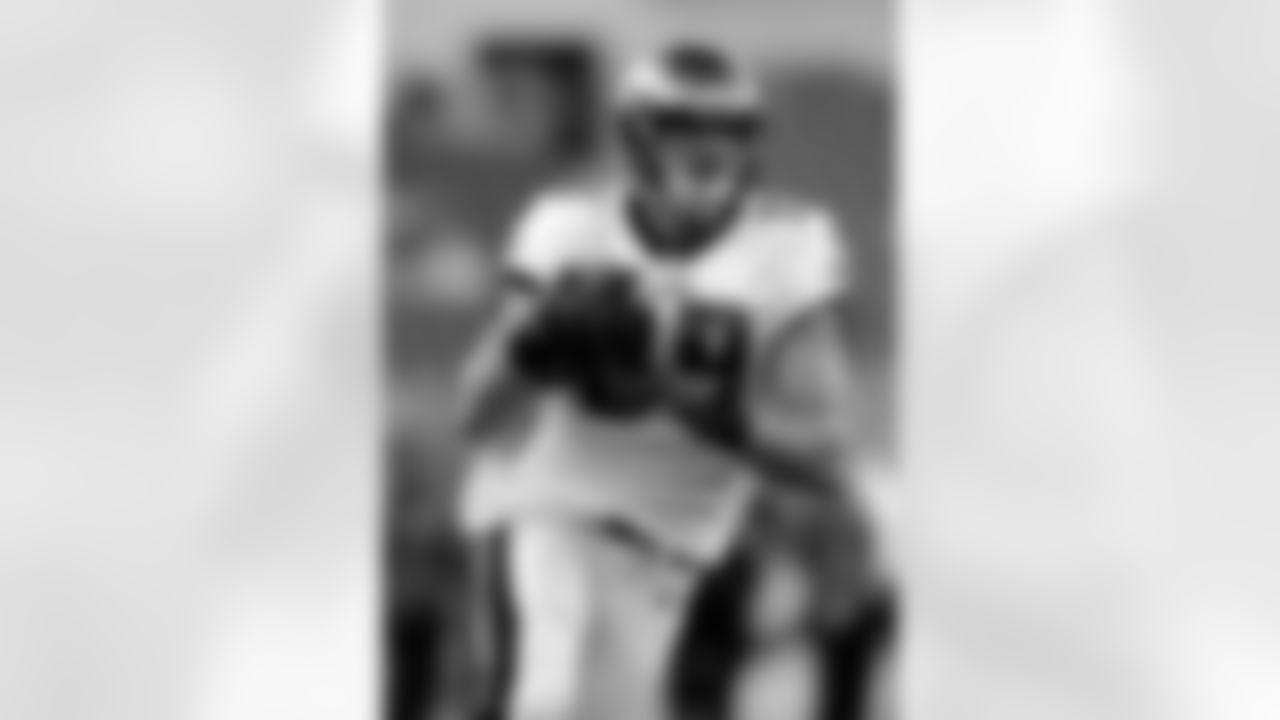
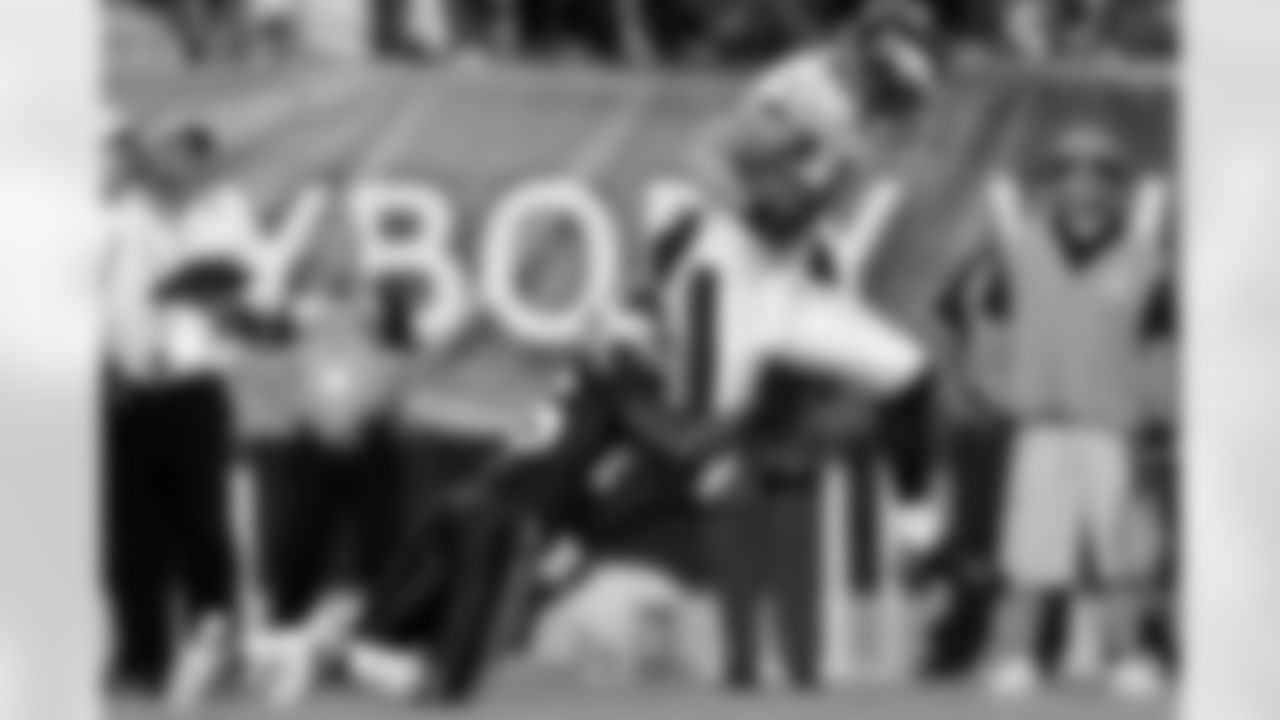
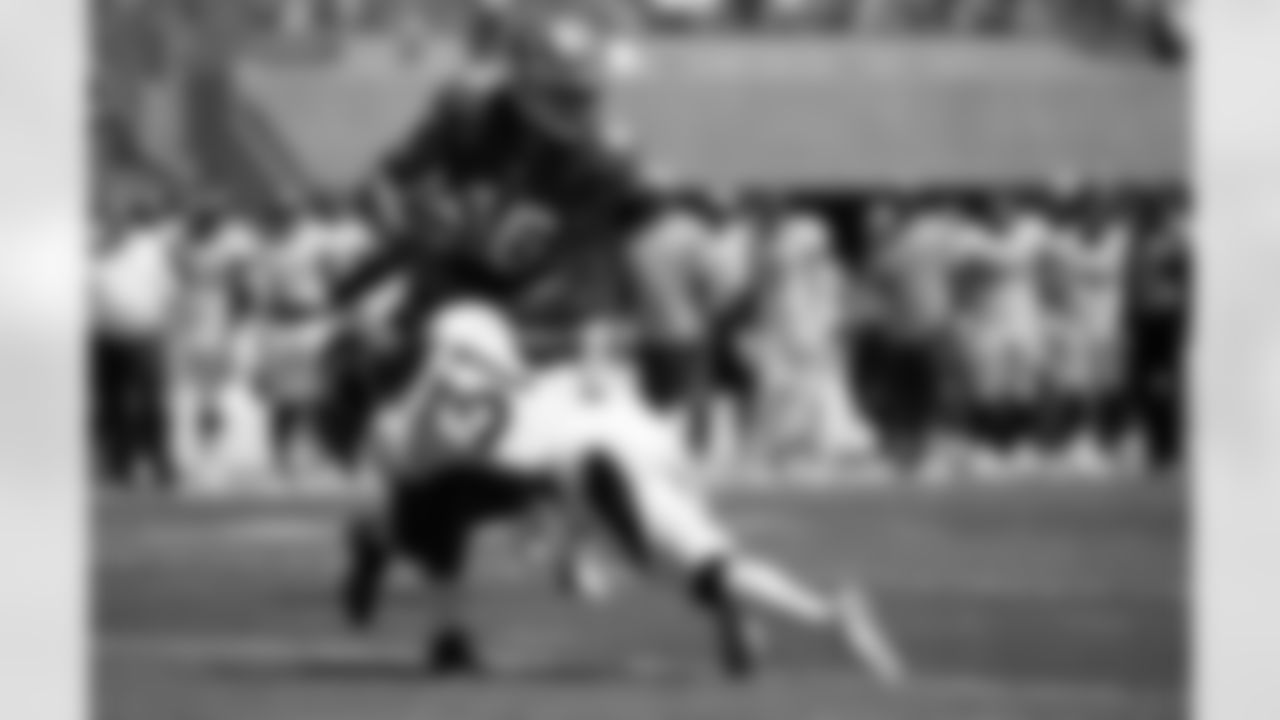

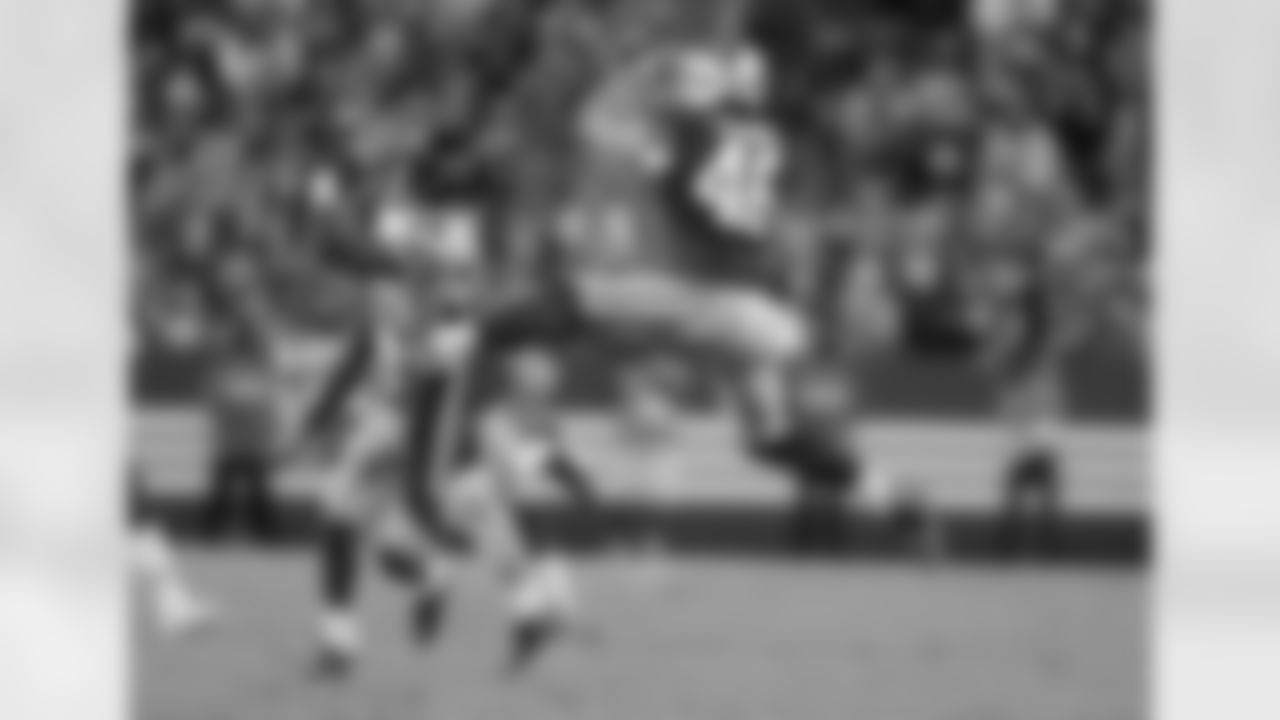
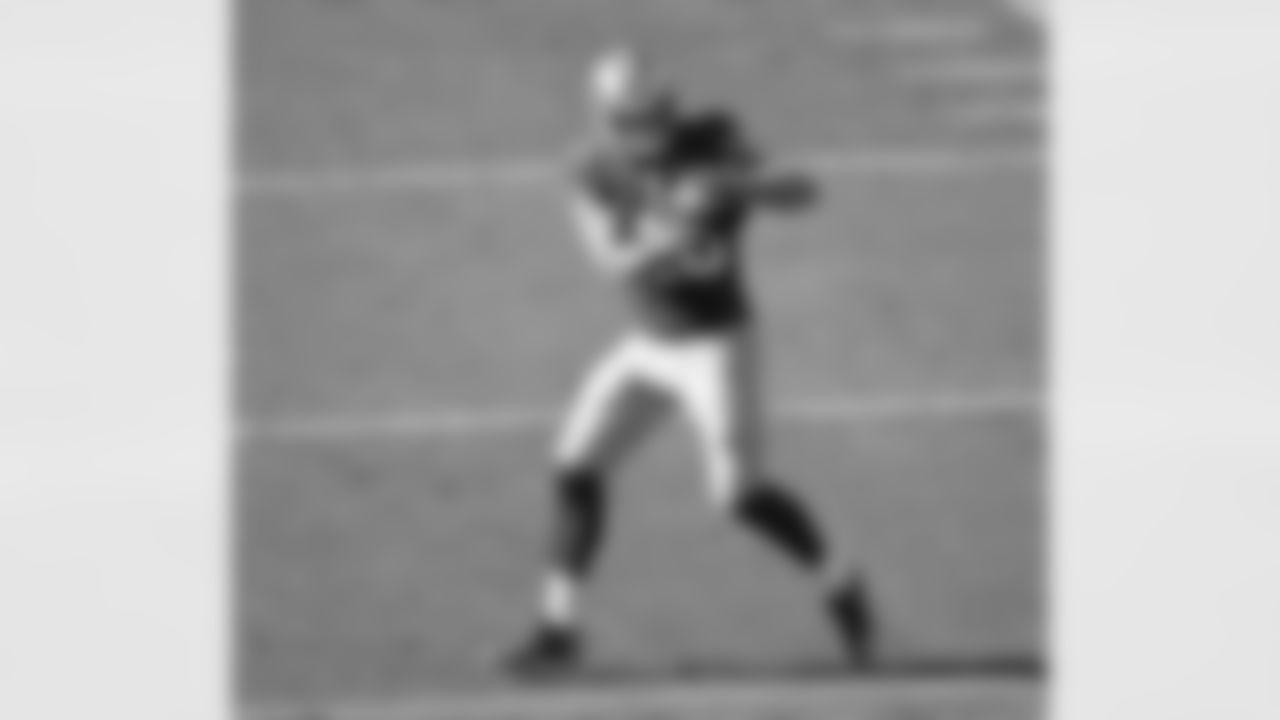

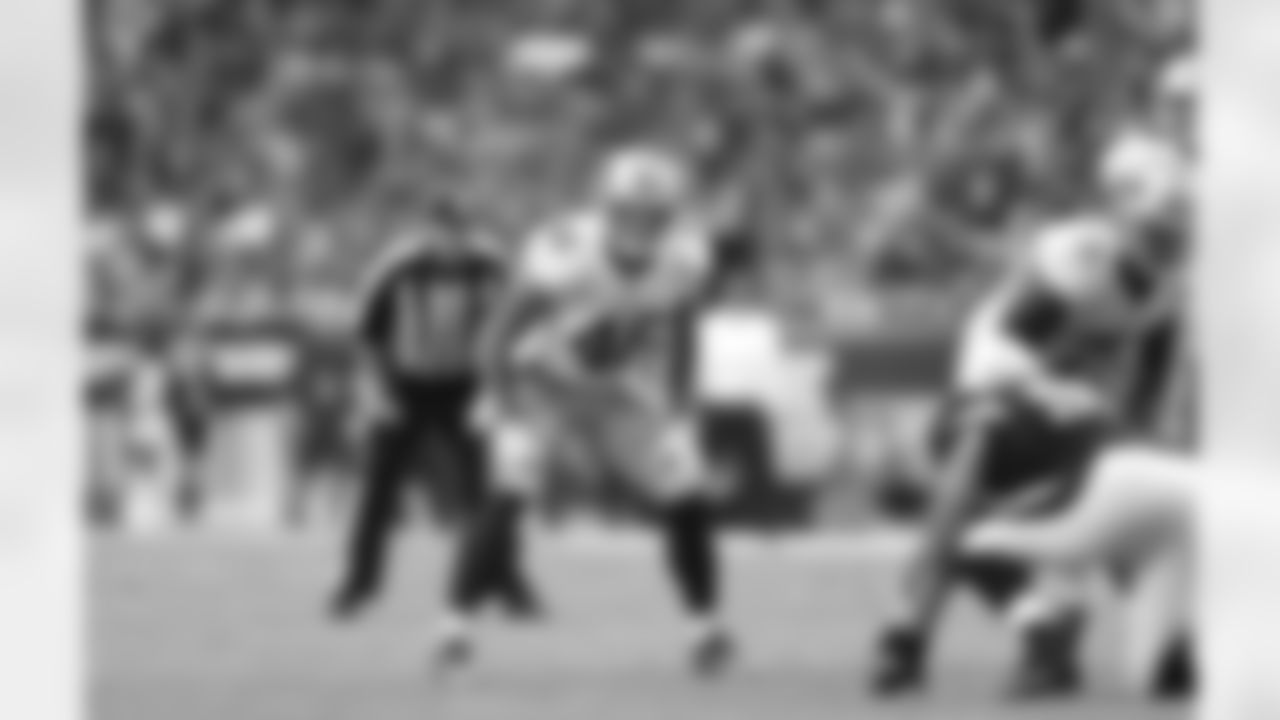
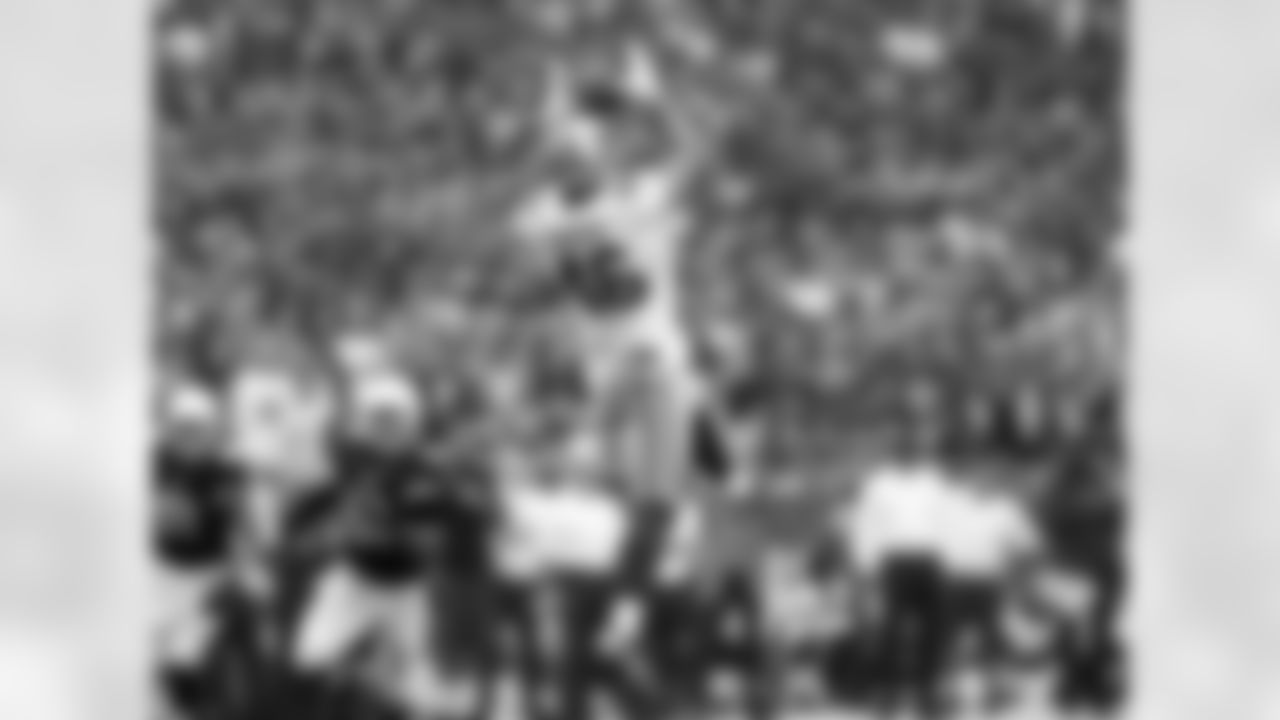



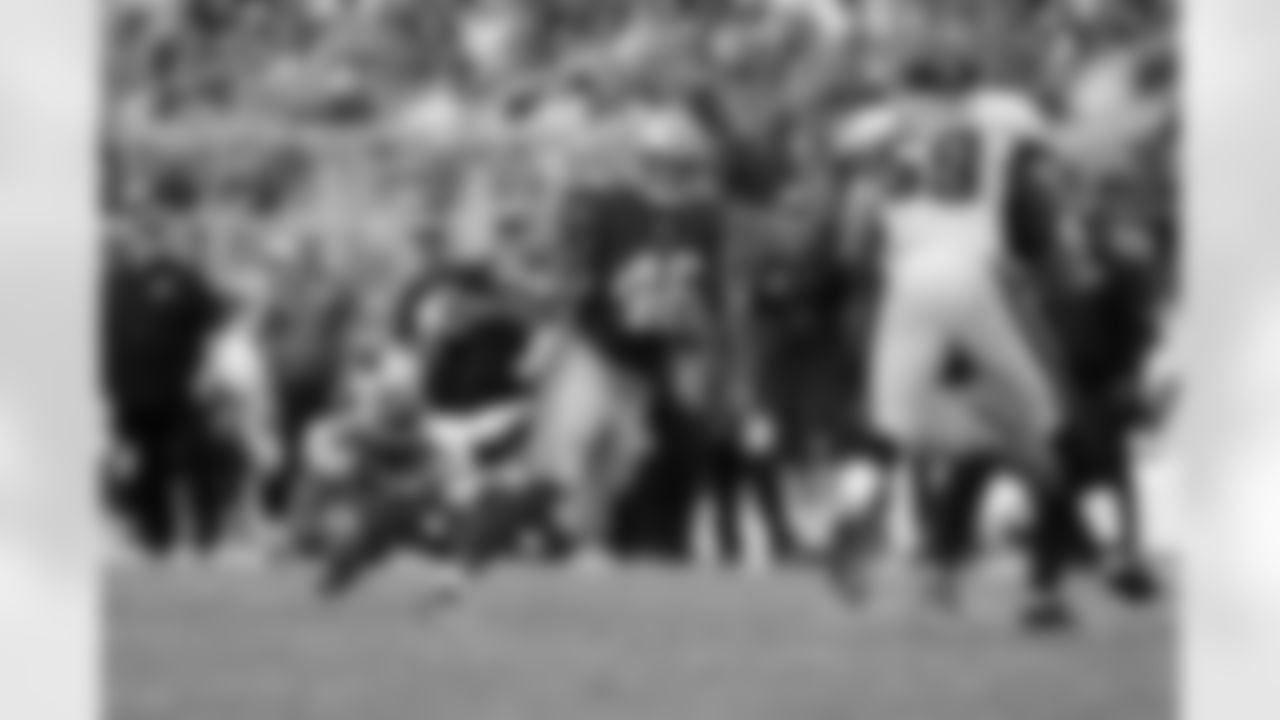


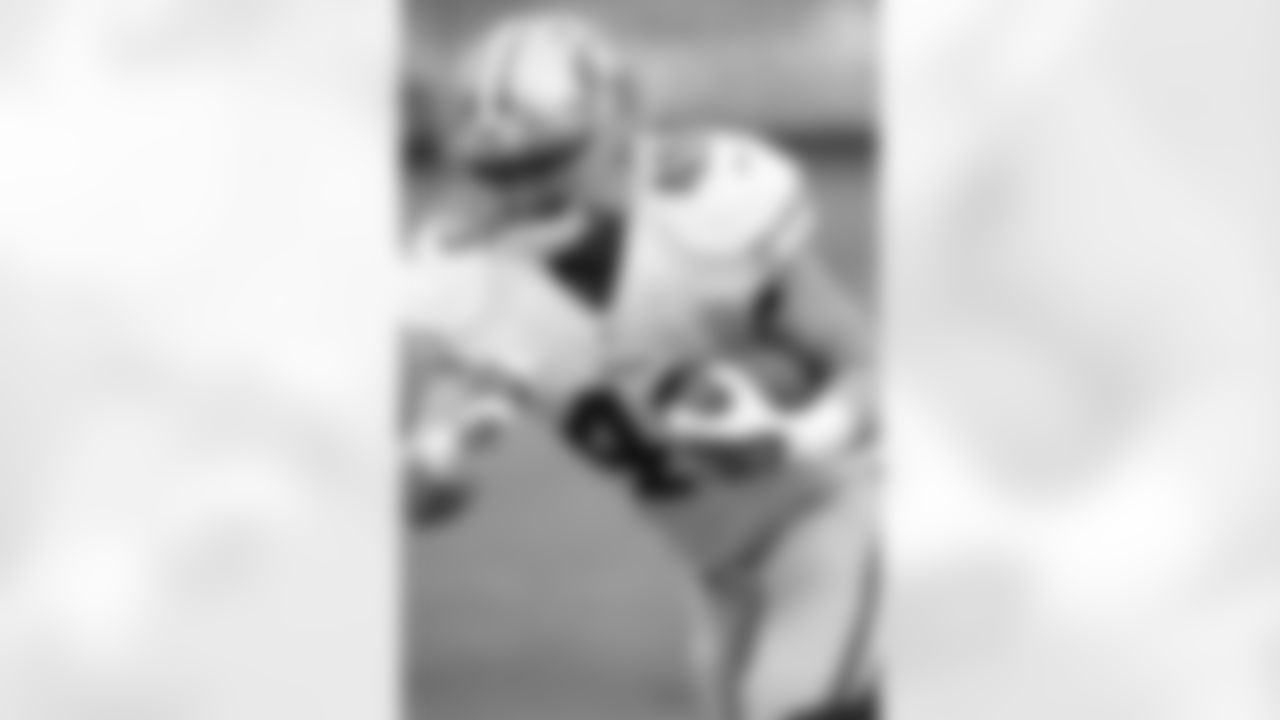
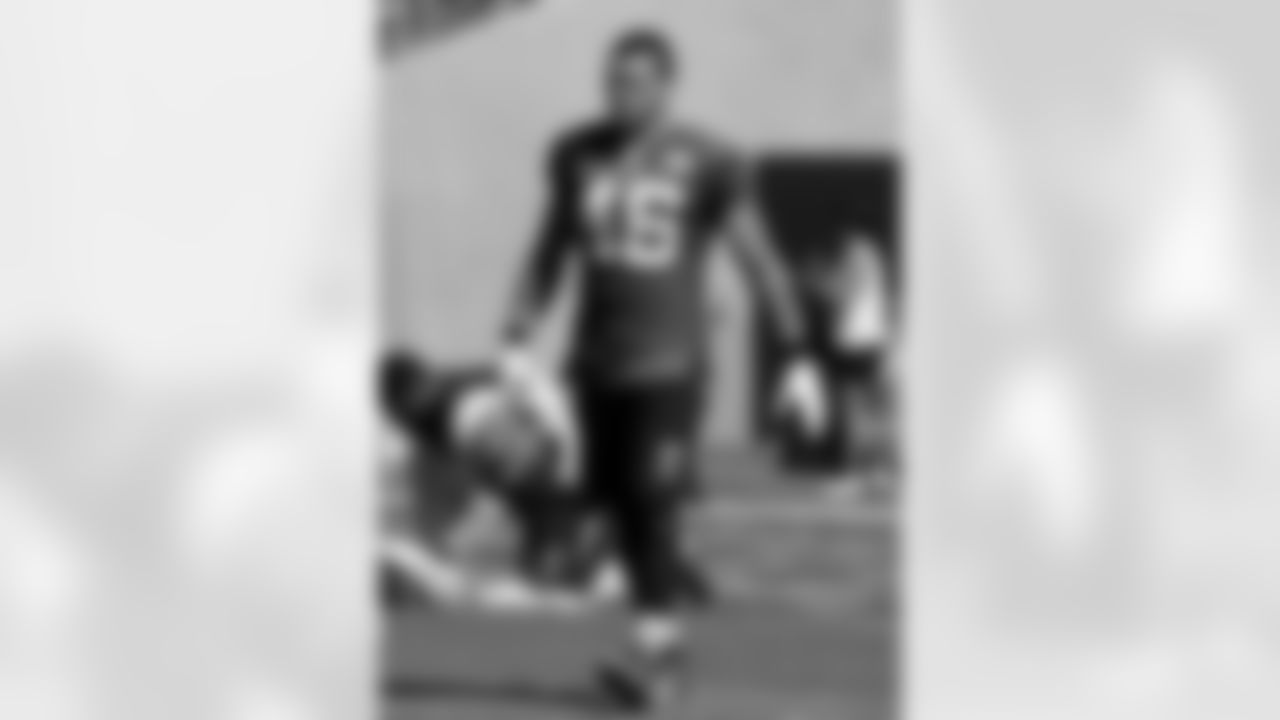
"One of the things that you really want to get back right away is your range of motion, so knee flexion and extension. All the trainers in there can attest to it, I absolutely loved getting my knee stretched," Carrier said jokingly. "It's the worst, it's like all the scar tissue, the swelling and everything, you have to work past that and work past the pain to get that flexion back. You'll be sitting on your stomach and I'll have one of the trainers be holding my thigh down and then pushing my heel to my butt and I had to do that every day."
Continuing to train and fight his way back throughout the offseason was a difficult process as part of the cure for the surgery was simply rest and time, allowing things to heal.
In order to reconstruct his ACL, the surgeons used a portion of his patellar tendon, tissue in the knee, to replace the tissue that was missing from the injury. While both his ACL and MCL recovered well from the surgery, Carrier developed tendinitis in the area from where they took the tissue. Recovering from that can only be solved by resting and not participating in the rehabbing activities that Carrier was doing every day.
The tendinitis forced things to take a pause.
"The more activities I did, the more sore and the worse it got," Carrier said. "There came a point where it was just like we need to cool off for a couple days, which ended up happening and that kind of carried on through the season too as well."
But despite the setback and the many months of recovery required, Carrier finally made his first appearance of the 2016 season when he was activated off the physically unable to perform list prior to the team's Week 10 victory over the Vikings. In the game he saw nine offensive snaps and five snaps on special teams in a limited role.
He has continued to see more of the field as time has gone on while continuing to deal with the injury, too, as his knee landed him on the injury report once again in December. So far, he hasn't allowed it to take him off the field on gameday.
Despite being back on the field, the work on keeping his knee in top shape is an ongoing journey.
"It's still very involved. I still go into the training room every day," Carrier said. "Right now it's more maintaining, obviously I hope it's not until February and it ends with a win, but when the season's over, then I'll finally get some time off and really rest my knee.
"Right now it's just staying on top of things and still kinda rehabbing it, icing it, stretching it out, making sure everything is going the way it should be."
In the future, Carrier hopes to use these experiences to give back to his hometown of Edgerton, Wis., and share what he's learned from a strength internship with the Chicago Bulls in college and his experience as a professional player.
"I think just being a mentor and being able to help high school kids, especially when they're in that growing process, you can be such a great influence on them," Carrier said. "From my life experiences being able to help them grow and even in the weight room. Give them some things we do in [the Redskins weight room] to help out in their weight room and they love it."
To find out more about Inova's comprehensive physical therapy services and locations near you visit inova.org/RedskinsPT






